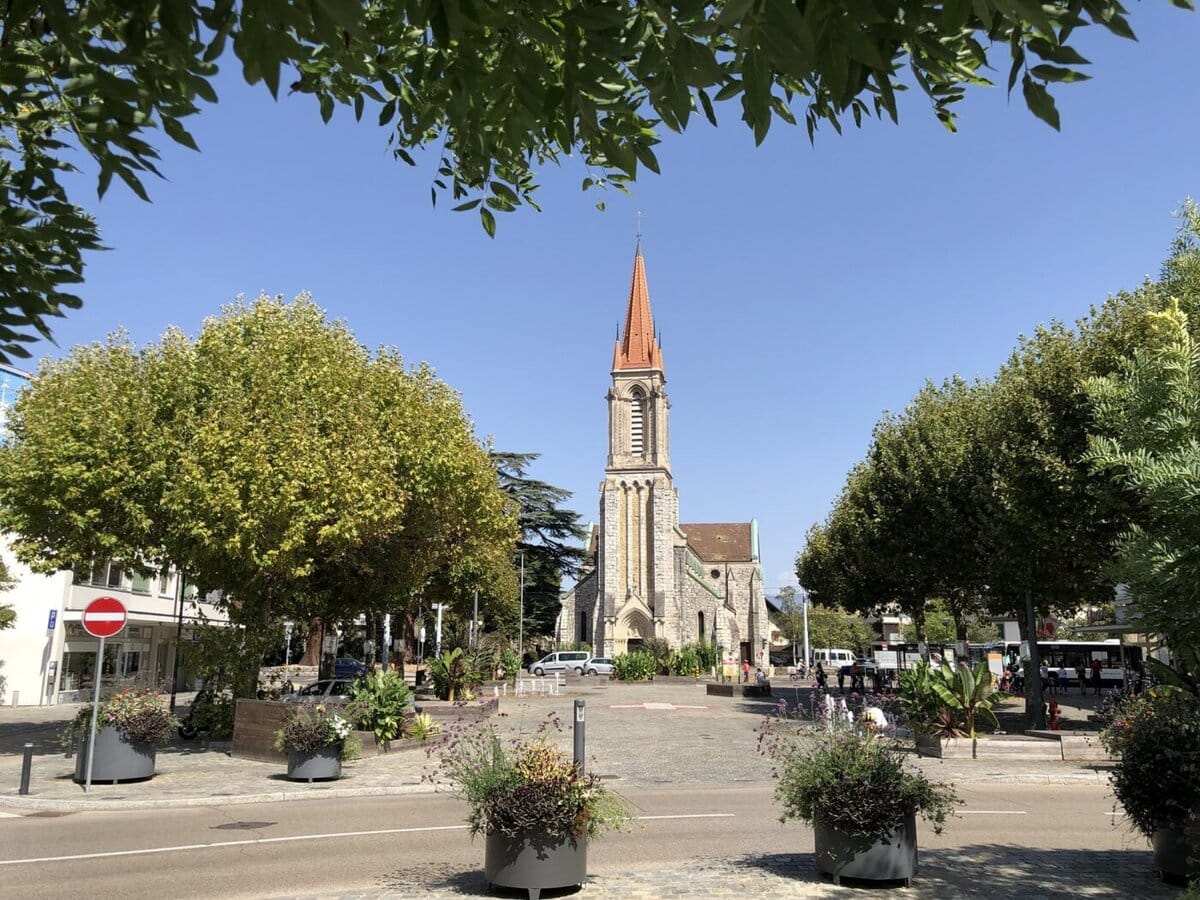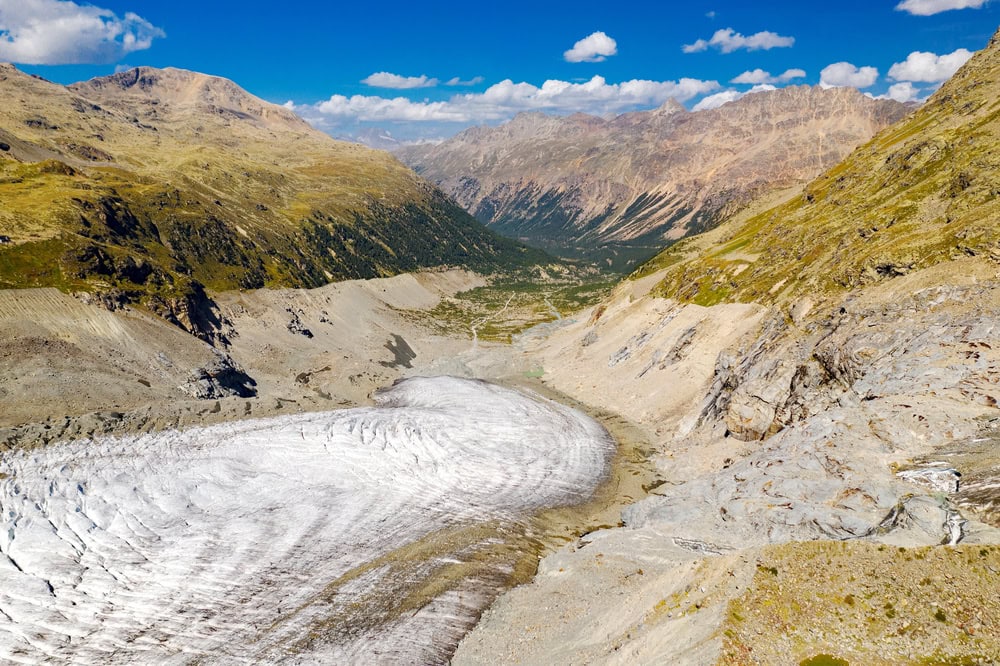Urban trees cool even in extreme heat
A new study led by the Swiss Federal Institute for Forest, Snow and Landscape Research (WSL) shows that plane trees in cities make an important contribution to cooling down even in very hot weather. The task now is to find out which tree species are particularly good at cooling.

When the sun is blazing, urban trees cool the environment by evaporating water through their leaves. In view of the expected increase in heatwaves, as predicted by climate models, they make a decisive contribution to keeping cities liveable. However, trees also reach their limits at some point: if leaf temperatures rise above 30 to 35 °C, photosynthesis no longer works - the leaf pores close to prevent water loss.
A research team from the Swiss Federal Institute for Forest, Snow and Landscape Research WSL and EPFL has now specifically investigated how plane trees behave under extreme conditions - with surprising results: even at temperatures above 39 °C, the trees continued to evaporate much more water than expected and thus effectively cooled the environment. Study leader Christoph Bachofen and his team installed measuring devices on eight plane trees in the Geneva suburb of Lancy in spring 2023. The sensors recorded the sap flow in the trunks, which allowed conclusions to be drawn about the amount of water evaporated and thus the cooling capacity. That summer of all summers, Geneva experienced two heatwaves with record temperatures of up to almost 40 °C.
How trees react to extreme conditions
Contrary to expectations, the trees did not stop their water flow - on the contrary: as the heat increased, it even increased, even though the air was extremely dry at the same time. "Obviously, we have not yet fully understood how trees react to extreme conditions," explains Bachofen. The researchers suspect that deep-seated water reserves in the soil helped the plane trees, among other things.
The extent of the water flow was surprising and raises important questions: If trees react differently to heat than previously thought, predictions of their cooling effect will also be inaccurate- and the models used to predict future heat distribution in cities would be unreliable.
The fact that trees evaporate a lot of water even in extreme heat is good news for the urban climate. "Days with temperatures above 30 degrees Celsius are becoming more frequent," says Bachofen. The next important step for research is now to find out how effectively other tree species also transpire under extreme heat. This would make it possible to develop recommendations as to which species can cope not only with air pollution and road salt, but also with extreme heat. After all, cooling capacity is just one of the many tasks that urban trees perform - but it will become increasingly important in the future.









